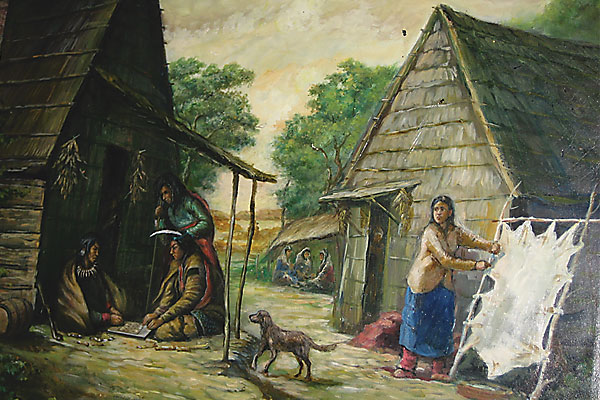
How common was locoweed poisoning in the Old West?
Wesley Egli
Picture Rocks, Pennsylvania
Loco comes from the Spanish, meaning “mad” or “crazy.” Scientifically, locoweed is any number of plants widespread in the West, some of which contain a neurotoxin. The plant was a problem in the Old West, and it’s said to be the most widespread poisonous plant problem in today’s West as well. A big part of the trouble: it’s relatively palatable to livestock. Cattle and horses tend to eat locoweed in the spring and fall when it’s the only green plant available in many areas. Yet relatively few cases exist of locoweed poisoning in humans.
When horses or cattle eat the plant, they go “loco.” Not usually fatal, the effect still can be serious on grazing animals. Most of the time, animals possess a dull, dazed look and act depressed and lethargic. They start losing weight. Livestock that overdose on locoweed can eventually starve to death or become so weak they make easy prey for predators.
Although some of the toxic effects resolve after animals are removed from infested areas, the neurological damage may be permanent.




